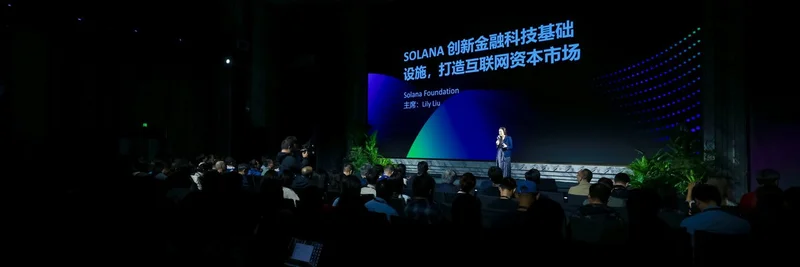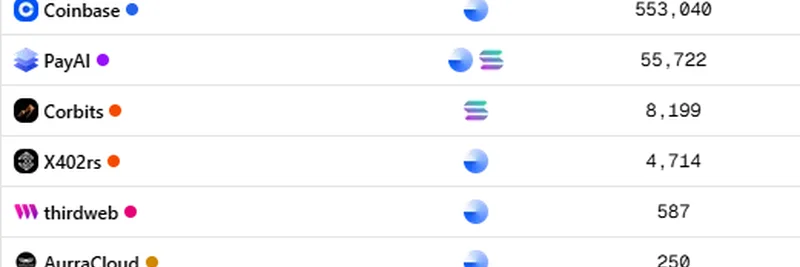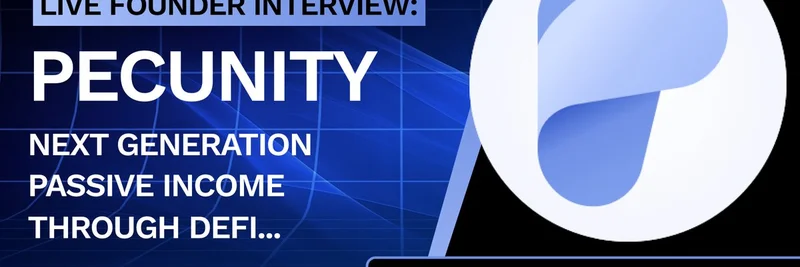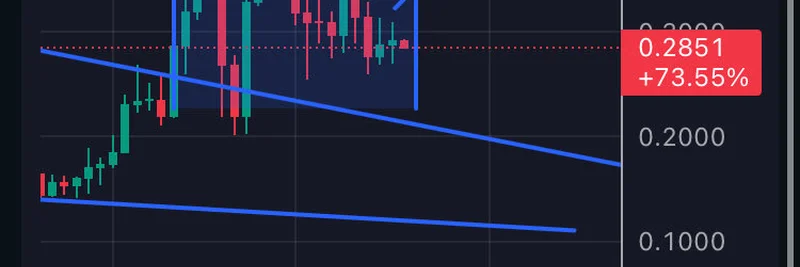In the real world, you've got that classic Miranda warning: "You have the right to remain silent. Anything you say can and will be used against you." It's a safeguard, giving you a chance to keep quiet and protect yourself. But flip that to crypto, and it's a whole different story. As Mert from Helius Labs tweeted, "you have no right to remain silent. we see everything. whatever you've done onchain can and will be used against you."
This hits hard in the meme coin space, where everything happens on public blockchains like Solana or Ethereum. Meme tokens thrive on hype, community, and rapid trades, but that transparency? It's like living in a glass house. Every wallet interaction, swap, or transfer is out there for anyone to see using tools like blockchain explorers or analytics platforms.
The Double-Edged Sword of On-Chain Visibility
For meme coin enthusiasts, this openness is part of the appeal. You can track whale movements—those big holders who might dump or pump a token—and make informed decisions. Tools like DexScreener or Solana's own explorers let you spot early buys or suspicious patterns, helping retail traders avoid rugs or catch moonshots. But it cuts both ways. Devs launching meme coins often get doxxed accidentally through on-chain traces, leading to scrutiny or even backlash if things go south.
Think about it: a sneaky dev wallet sniping their own launch? It's all visible. Or a trader front-running a hyped meme drop? On-chain data exposes it. This "we see everything" vibe enforces a level of accountability, but it also strips away privacy. In a world where meme coins can tie back to real identities via KYC exchanges or social links, one wrong move could haunt you forever.
Why Privacy Matters in Meme Tokens
Meme coins aren't just fun and games; they're a gateway for many into DeFi and blockchain. But without privacy, newbies might hesitate. Imagine farming airdrops or stacking yields on a meme project, only for your entire portfolio to be public fodder for scammers or tax authorities. Replies to Mert's tweet highlight this tension—one user points out that "addresses are anonymous by default," which is true-ish, but chain analysis firms like Chainalysis can often link them back to you.
Another angle: zero-knowledge proofs (ZK proofs). These are cryptographic tricks that let you prove something without revealing the details. In meme coin trading, ZK could hide transaction amounts or sender info while still verifying validity. It's why projects like Zcash (ZEC) stand out, and as one reply asks, could public chains go private? Mert thinks yes, predicting most ledgers will encrypt in 15 years thanks to advances in fully homomorphic encryption (FHE) and ZK tech. For high-frequency trading chains, maybe not, but for meme ecosystems? It could revolutionize how we launch and trade without the constant surveillance.
Looking Ahead: Encrypted Futures for Meme Coins
Mert's follow-up references his earlier take: within 15 years, unencrypted blockchains might seem like a relic. Exponential improvements in ZK and FHE could make private ledgers the norm, balancing transparency with user protection. In the meme space, this means safer pumps, anonymous community building, and less fear of on-chain footprints.
Projects like Arcium, mentioned in a reply, are already pushing parallel ZK tech for privacy-focused computations. For Solana meme coins, where speed is king, integrating this could prevent the "everything is used against you" pitfalls. Until then, best practices? Use fresh wallets, mixers (where legal), or privacy-centric chains for sensitive moves.
The crypto world, especially memes, is evolving fast. Transparency built trust in the early days, but as adoption grows, privacy isn't just nice—it's essential. Mert's tweet is a wake-up call: in on-chain life, silence isn't an option, but tech might soon change that. Stay vigilant, DYOR, and keep building.




